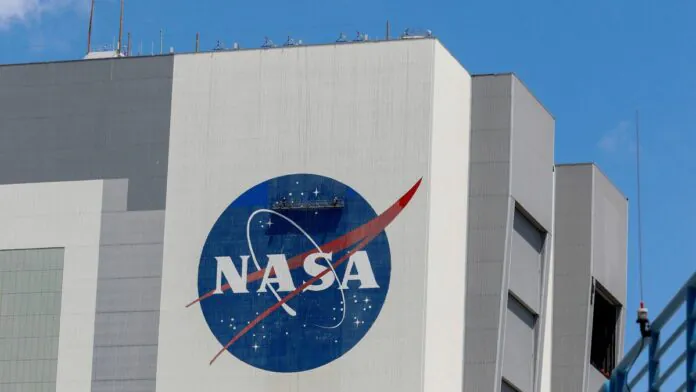© ROOT-NATION.com - Use of content is permitted with a backlink.
On Earth, it is easy to measure fuel in tanks, where gravity pulls the liquid to the bottom. But everything changes in space. Quantitatively measuring the fuel floating in a spacecraft tank is not so easy.
“Because of the very low gravity, the liquid does not settle to the bottom of the fuel tanks, but rather sticks to the walls and can be anywhere inside,” said Lauren Amin, deputy director of the Cryogenic Liquids Portfolio Management Project Office at NASA Research Center. Glenn is in Cleveland. “This makes it very difficult to understand how much fuel is in your tank, which is very important for maximizing mission duration and planning the amount of fuel needed for launch.”
Space fuel sensor technology designed to solve this problem will be demonstrated during a future trip to the moon. Developed at NASA Glenn as part of the agency’s Demonstration Missions Program, the Radio Frequency Mass Meter (RFMG) is to be launched as part of Intuitive Machines’ IM-1 delivery to the lunar surface as part of the Commercial Lunar Payload Services initiative. CLPS). As part of CLPS, NASA works with American companies to deliver scientific, research and technological cargo to the surface and orbit of the Moon.
RFMG technology uses radio waves and antennas in the tank to measure the amount of fuel. Smaller-scale experiments have been conducted on the International Space Station and during parabolic flights, but this will be the first long-term testing of the RFMG on an autonomous spacecraft, the Nova-C lunar lander. The data that engineers will receive during the flight can confirm the simulations made on the ground and mark the next step in the development of this technology.

“This is a critical moment,” says Amin. “This is the first time we have such data for RFMG.”
The RFMG could be critical in future long-duration missions that will rely on spacecraft powered by cryogenic fuels such as liquid hydrogen, liquid oxygen, or liquid methane. These fuels are highly efficient, but difficult to store because they can evaporate quickly even at low temperatures. The ability to accurately measure a spacecraft’s fuel level will help scientists maximize resources as NASA moves toward its goal of returning humans to the moon with Artemis.
Read also:
- NASA talked about exciting space missions in 2024
- NASA Voyager 1 probe is sending meaningless binary gibberish to Earth


